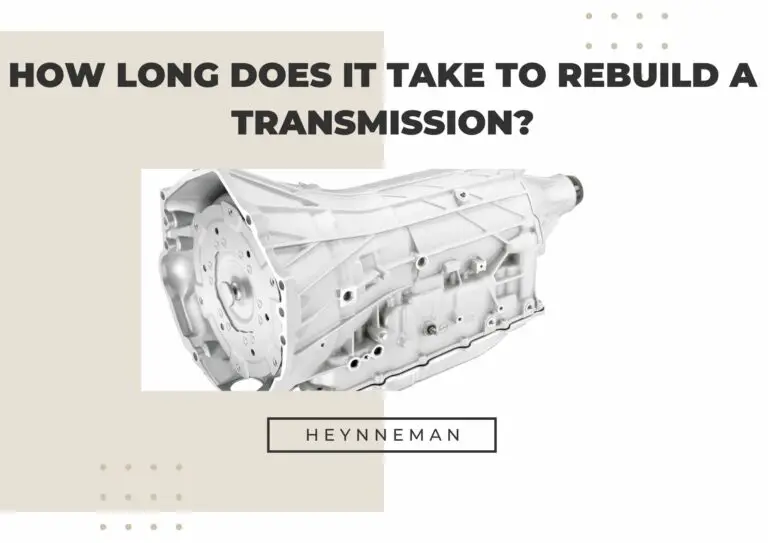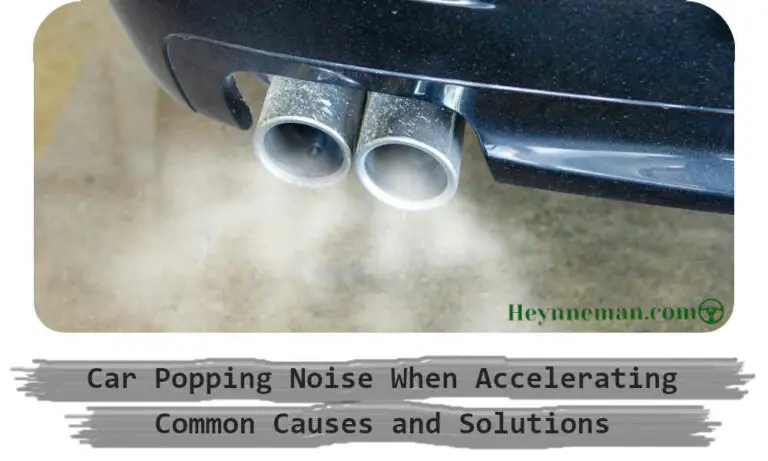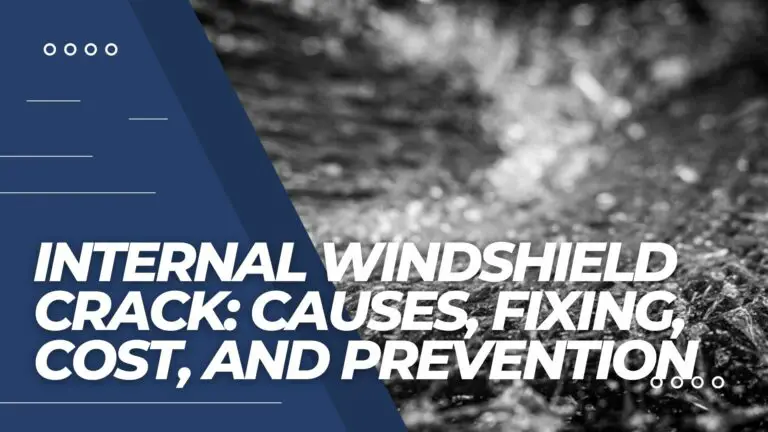How To Fix Your Engine Hesitation During Acceleration
Have you ever experienced engine hesitation when accelerating, and your car is a turtle on the road… if yes, it might have pulled your hair out. There is nothing more annoying than a hesitant vehicle, especially when you are merging with the traffic or when entering and exiting highways. If your car doesn’t cooperate with you, you might become an obstruction for many. Thank god if you have never come across such a dreadful situation, but that certainly doesn’t mean you will never. So this article will be a helping hand for every reader.
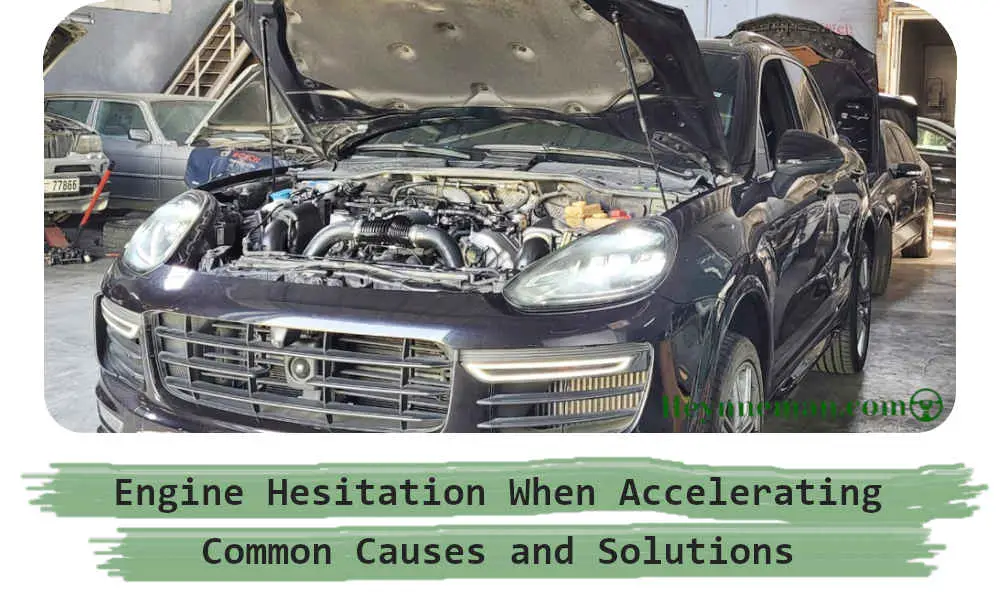
Understanding the problem is very important because only then you can solve it. Engine hesitance is a potential crisis every car user may be prone to at least once in their lifetime. Engine hesitance not only irritates you but also risks your safety. Engine hesitancy means your vehicle is not accelerating smoothly when you press down on the gas pedal, especially when you are at low speed. This momentary loss of power can also be called stumbling. Anyhow, it is a strenuous task for the drivers.
Before heading further, I will outline different circumstances under which you may experience the momentary loss of power for your vehicle. It includes:
- An obstruction in the air intake system
- Problem with mass airflow sensor.
- Clogged fuel system.
- Also, there is an issue with the ignition system.
Any of those mentioned above might be the triggering factors behind the stalling of your vehicle.
What is Engine Hesitation
The common symptoms you may notice while there is engine hesitation on accelerating are:
Jerking: If your car does not get enough fuel, it may jerk while you accelerate, making the process much nosier. It’s a common symptom of engine hesitancy.
Stumbling: Your car may sometimes trip or lose its power while accelerating; it may suddenly lurch forward and then stop, and this uneasiness continues if your engine is hesitant.
Lack of power: If your engine doesn’t sweat when you hit the gas pedal, it may respond numbly, like it can’t accelerate. You may feel like the engine is dead, but it catches up after a few seconds.
What Causes Engine Hesitation on Acceleration
Engine hesitancy mainly occurs due to the insufficient fuel supply or they are getting too much air. Some underlying causes behind engine hesitation when accelerating are as follows.
Faulty Air Intake System:
Faulty air intake system is one of the major culprits behind engine hesitancy, and it includes:
- Dirty air filter: If your filter is dirty, it obstructs the smooth airflow and may lead to a rich or lean airflow mixture.
- Clogged throttle body: Due to the build-up of road grim and other material, your throttle body might get blocked. This, in turn, interferes with the opening and closing of the throttle plane, which affects the air intake system.
Electrical System
The electrical components of your vehicle play an essential role in the proper functioning of the engine system. If any of those components are faulty, it may affect the smooth functioning of the engine.
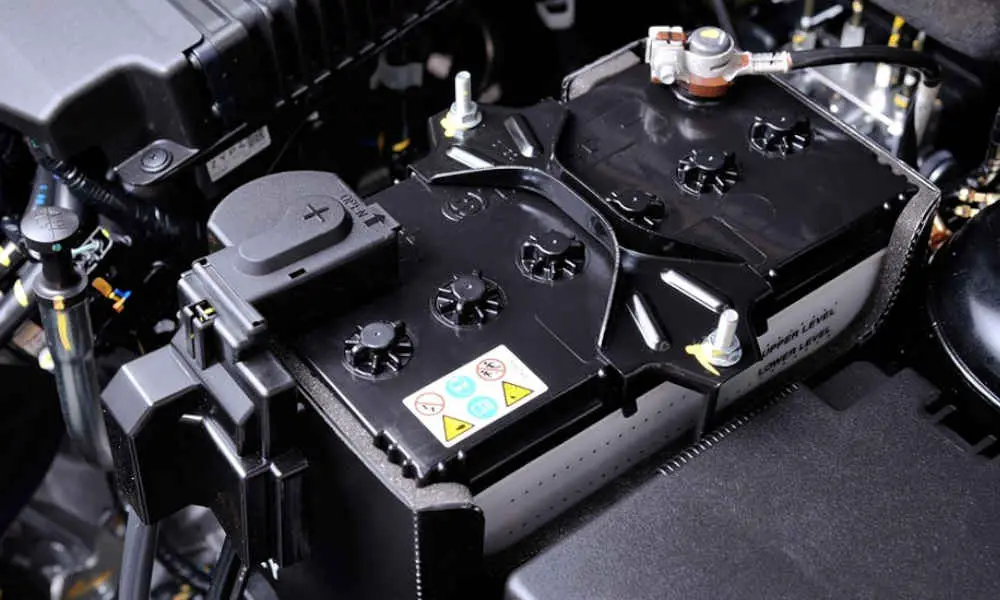
- Faulty alternator: It can affect the functioning of many features, including the engine.
- Battery issues: Battery issues may also affect the engine performance.
- Electrical connections and wirings: If any of the connections to the alternator or battery are loose, the connecter may also lead to engine hesitancy while accelerating.
Emission System Errors
Suppose there is an error in any parts of the emission system that will affect the airflow and may lead to your vehicle’s stumbling. Major emission system issues that cause this stumbling are:
- Catalytic converter: An issue with the catalytic converter can restrict the airflow and may lead to misfiring.
- Exhausted gas recirculation valve: Carbon build-up or diaphragm vacuum leakage makes the gas circulation valve exhausting. This will also affect the natural airflow.
ECM Sensor Systems
An error in any of the sensor systems can affect the functioning of the engine system, and such sensors are:
- Crankshaft position sensor
- Camshaft position sensor system
- Engine coolant temperature sensor
- Intake air temperature sensor
- Knock sensor
- Manifold absolute pressure sensor
- Mass airflow sensor
- Oxygen sensor
- Throttle position sensor
If any of these sensors are faulty, it may lead to lean air flow or misfiring.
Fuel Systems
If the engine suffers from a shortage of fuel supply or any mishap in the fuel system, it may lead to the tripping of the vehicle, and these issues related to the fuel system include:
- Faulty fuel: Fuel containing water or too high of ethanol or other substitutes can affect the fuel system’s functioning.
- Fuel lines: Fuel lines are always prone to crimping or flattening due to other repairs or the improper usage of Jack. This might also affect the fuel supply to the engine.
- Clogged fuel filter: If your fuel filter is blocked by any kind of build-up, it may restrict the appropriate fuel supply to the engine, causing energy issues for your machine.
- Fuel injectors: If your fuel injectors are clogged, it may create internal issues in the fuel system, such as mechanical or electrical problems.
- Fuel pressure regulator: If your fuel pressure regulator is impaired, there won’t be a balance in the fuel supply, causing the engine hesitancy.
- Faulty fuel pumping: If the fuel supply is not smooth, it may also affect the engine’s functioning.
Ignition System
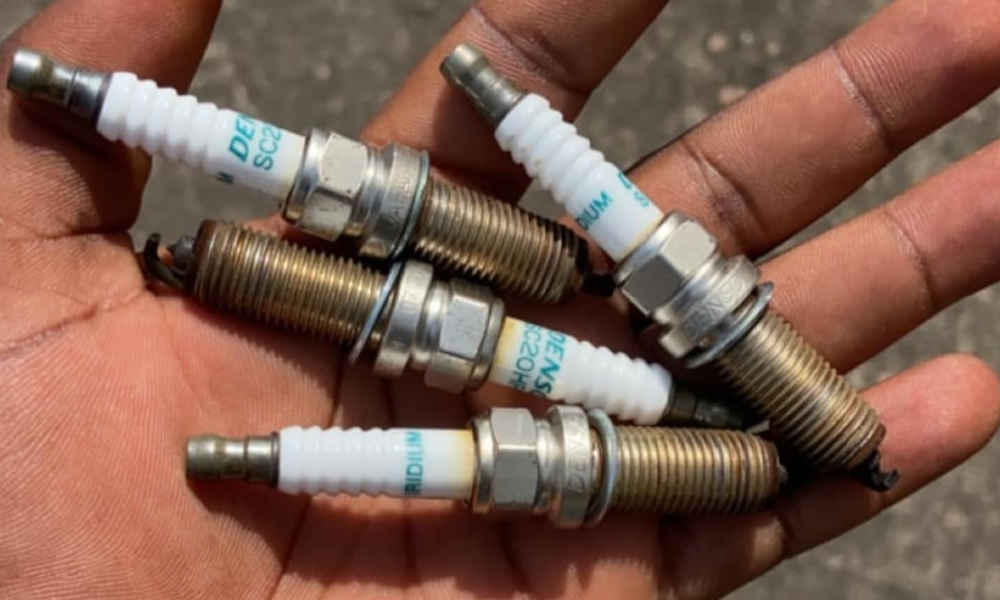
- Improper spark plugs: If your spark plugs are offensive, they may not provide enough spark to cause engine misfiring.
- Ignition coils: If your ignition coils are impaired, they may not provide enough spark for the proper functioning of the engine system.
- Spark plug wires: Faulty spark plug wires may also lead to the engine hesitation.
Timing Systems
- Timing chain or belt: The timing belt may slip or jump on the driving gears or be incorrect, leading to engine hesitancy.
- Variable valve timing solenoid: Low or dirty engine oil may lead to faulty variable valve timing solenoid.
Vacuum System
- Vacuum hoses: If the vacuum hoses are broken or loosely connected, it may affect the functioning of the engine system.
Why Did My Dashboard Lights Go Out While Driving
heynneman
How To Fix Your Engine Hesitation
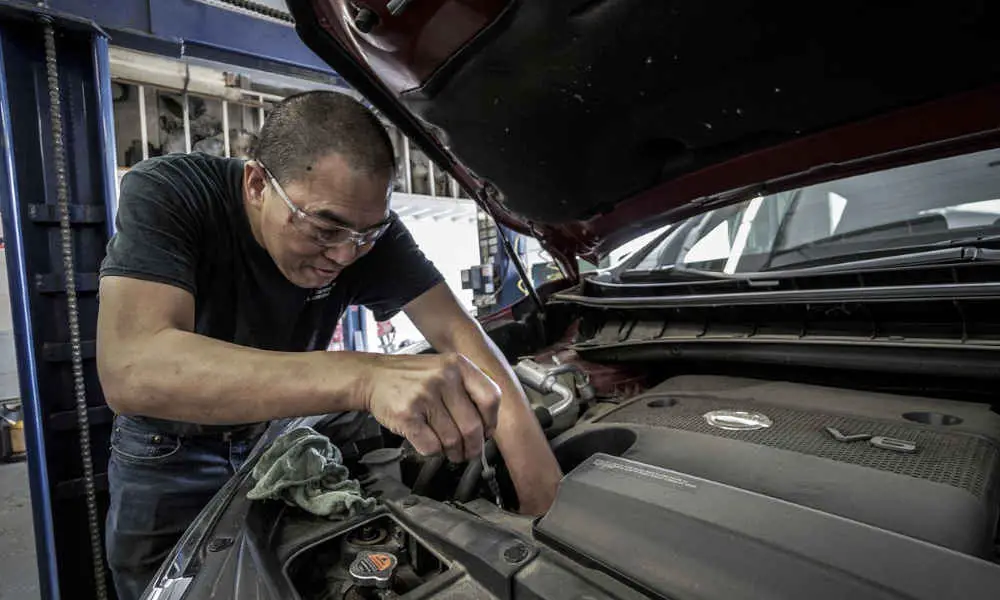
To resolve engine hesitation during acceleration, meticulously inspect the previously mentioned potential causes, scrutinizing each relevant part or system. Begin by checking components like the fuel injectors, air filter, spark plugs, and throttle body for any signs of malfunction. Evaluate fuel delivery systems and ignition systems thoroughly.
If diagnosing the issue proves challenging or beyond your expertise, seeking assistance from a professional workshop is advisable. Their expertise and diagnostic tools can pinpoint the problem accurately, ensuring effective resolution and swiftly restoring optimal engine performance.
Causes and Symptoms of Seized Brakes After
heynneman
Vehicle Sits Overnight
Conclusion
A hesitant engine means it is not receiving enough power for its functioning. If you encounter such hesitancy, don’t hesitate to seek mechanical advice because it’s difficult to diagnose the underlying cause ourselves. If we don’t take immediate action, the issue can damage other systems and components. Engine hesitancy not only irritates you, but it is also a threat to your and road safety. So, treat it immediately and be safe.



